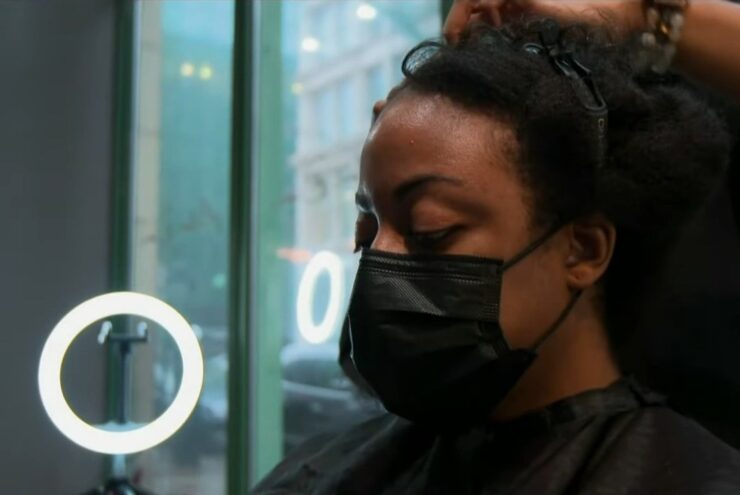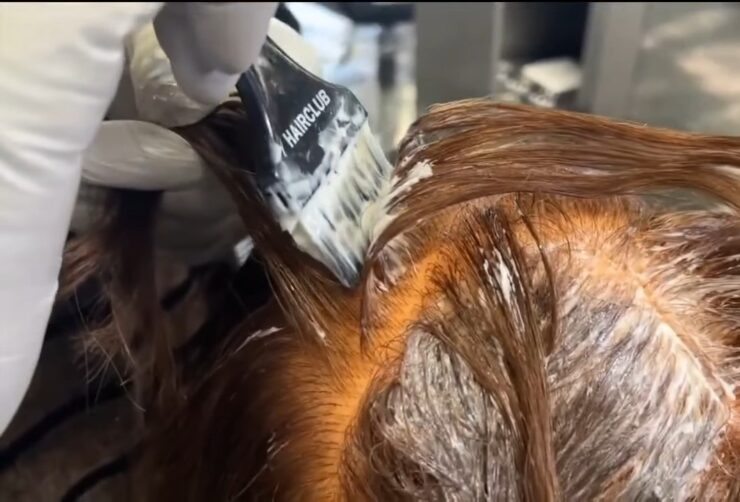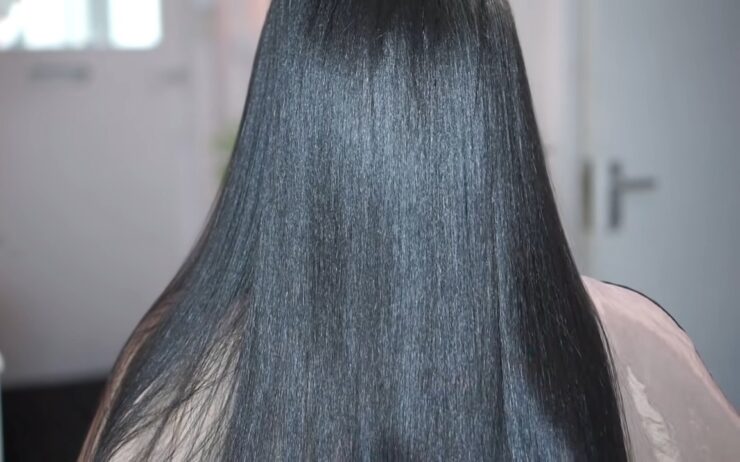The hair straightener industry is booming, with many companies claiming to be experts in the field. But sometimes, these products can cause severe injuries and even death. For instance, a study from ScienceDirect shows that one straightener brand has reportedly led to hair breakage of 95% and loss of around 40% of hairs, in addition to other hair and scalp issues.
Suppose you or someone you love has suffered from chemical burns after using a chemical straightener. In that case, it’s essential to understand your legal rights and options to seek compensation for your pain and suffering.
What Are Chemical Hair Straighteners?
Chemical hair straighteners are hair product that uses chemicals to straighten your hair. They’re typically sold as a cream or lotion and can be applied in various ways depending on your chosen brand.
Hair straighteners come with their risks; they can cause burns, scalp irritation, and even long-term health issues like cancer. A recent study of three hair relaxers detected 35 endocrine-interfering or asthma-triggering chemicals.
Chemical Hair Straighteners Lawsuit: An Overview
Chemical hair straighteners are often marketed as a safer alternative to traditional hot irons, which can damage the hair and cause split ends.
In fact, chemical straighteners do not cause the same degree of damage as hot irons do, at least not immediately. But because they rely on harsh chemicals to work their magic, they can still cause severe long-term damage if used regularly or incorrectly.
These products have been linked to uterine, breast, and many other forms of cancer. That’s why people have taken this to court. Many individuals are filing cases against hair straightener manufacturers that they failed to inform them about the harmful health effects of using their product.
Anyone diagnosed with cancer or other health conditions after prolonged straighteners use can file a chemical hair straightener lawsuit. However, you might have to prove the connection between prolonged hair straightener use and your health.
According to TorHoerman Law, you can use evidence like medical records, medical bills, receipts of purchasing hair straighteners, lost wages, doctor’s notes, etc., to prove this connection. Once the connection is established, you can expect a suitable compensation for all your problems.
For example, an article by the U.S. Food and Drug Administration states that during the straightening process, formaldehyde is released and is present in the air at levels of more than 0.1 ppm, which can irritate your eyes, nose, and lungs.
Common Issues and Arguments in Chemical Hair Straightener Lawsuits

There are various common issues and arguments in chemical hair straightener lawsuits. These include:
- Hair damage, including breakage and discoloration. Many people who use these products experience significant damage to their hair over time. This can result in thinning, breakage, and extreme dryness after repeated use of chemical straighteners or relaxers.
- Skin burns caused by contact with hot irons used for styling or curling heated up by flat irons that have been left on too long or used too often without cooling down between uses. When heated metal comes into contact with skin, it can cause serious burns that may require surgery or skin grafts to repair them. Sometimes, even death has resulted from this type of injury. Recent reports suggest that 27% sustained burns while grabbing the device, while 20% sustained burns due to accidentally stepping on it.
- Hair loss due to excessive exposure to high heat levels during the application process damages follicles at the cellular level. This can cause scarring, which prevents the growth cycle from completing itself properly, thus leading to permanent bald spots.
Regulatory Response and Industry Changes
The FDA has taken steps to address the safety of chemical hair straighteners. In 2018, the agency issued new regulations designed to help consumers recognize and avoid products that may cause damage. These changes include:
- Manufacturers must disclose all ingredients on their packaging. Previously, this information was only available through third-party sources or via a phone call with a customer service representative at youar local salon.
- A ban on using certain ingredients known or suspected of being carcinogenic.
- New testing requirements for products containing formaldehyde and other potentially harmful chemicals.
- Requirements that manufacturers provide warnings about potential health risks like contact dermatitis, eye irritation, irreversible blindness if left in contact with eyes long enough, breathing problems due to inhalation of fumes from heated styling tools, etc.
- Changes in labeling requirements so consumers are better informed about how much time they should spend using each product before washing off after application.
Impact on Consumers and the Beauty Industry

The beauty industry has been affected by chemical hair straighteners, and the response has been swift. In 2014, New York State Attorney General Eric Schneiderman announced a lawsuit against four companies that make and sell these products, including L’Oreal USA, Revlon Inc., Sally Beauty Holdings Inc., and Ulta Beauty, for allegedly misleading consumers about their safety.
As part of the settlement agreement with New York’s top prosecutor, all four companies agreed to stop claiming their products’ health benefits unless they had scientific backing for those statements.
In addition to changing how they market their products online and in stores across America, many brands have also stopped using ammonia as an ingredient altogether or removed it from individual formulas. This is because of its potential toxicity levels when used repeatedly over time on human scalps without proper ventilation equipment during application processes by consumers.
Seeking Justice and Compensation: Legal Proceedings and Outcomes
The legal process is a long and complex one. If you are considering pursuing a lawsuit, it’s important to understand the steps involved in bringing your case before a court of law.
First, you must find an attorney specializing in personal injury law. These lawyers handle cases involving injuries caused by other people’s negligence. They will help guide you through all stages of litigation until they reach an outcome that benefits your needs and interests as much as possible. This could mean anything from monetary compensation for medical bills or lost wages to punitive damages against those responsible for your pain and suffering.
Consumer Safety and Awareness

Consumers should be aware of the risks associated with chemical hair straighteners. To help you better understand these risks, we have provided information on the importance of consumer education and awareness.
- Consumer Education: Consumers need to understand what they are purchasing before purchasing. This can be done by learning about the product and its potential risks or asking questions when shopping.
- Consumer Awareness: Consumers should also know how their actions impact others. For example, if you use chemical hair straighteners often enough or in large amounts, it could cause harm to someone else who uses them.
Conclusion
As you can see, there are many reasons why people choose to use chemical hair straighteners. However, the risks associated with these products are not always clear, and their benefits may not outweigh them.

